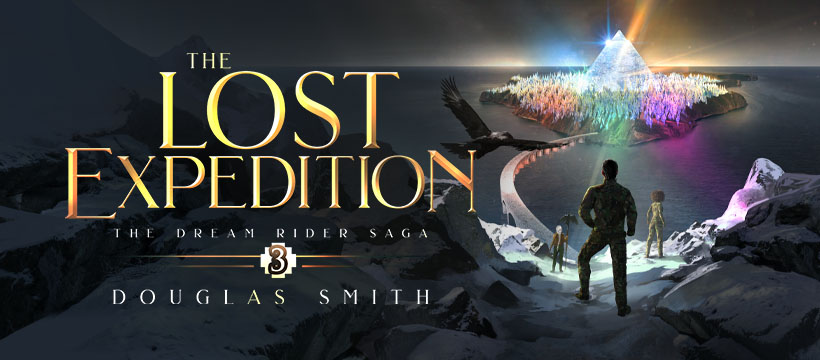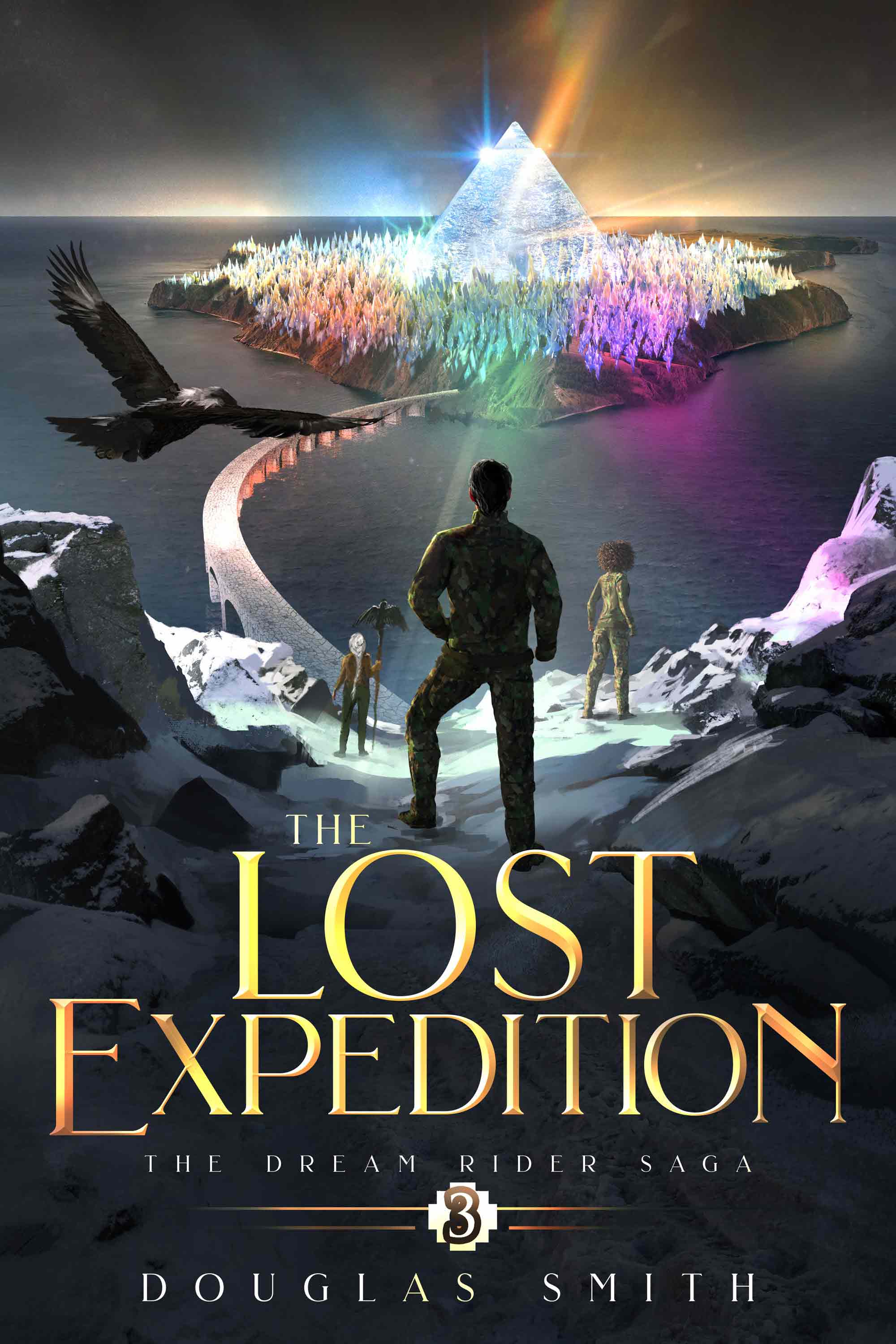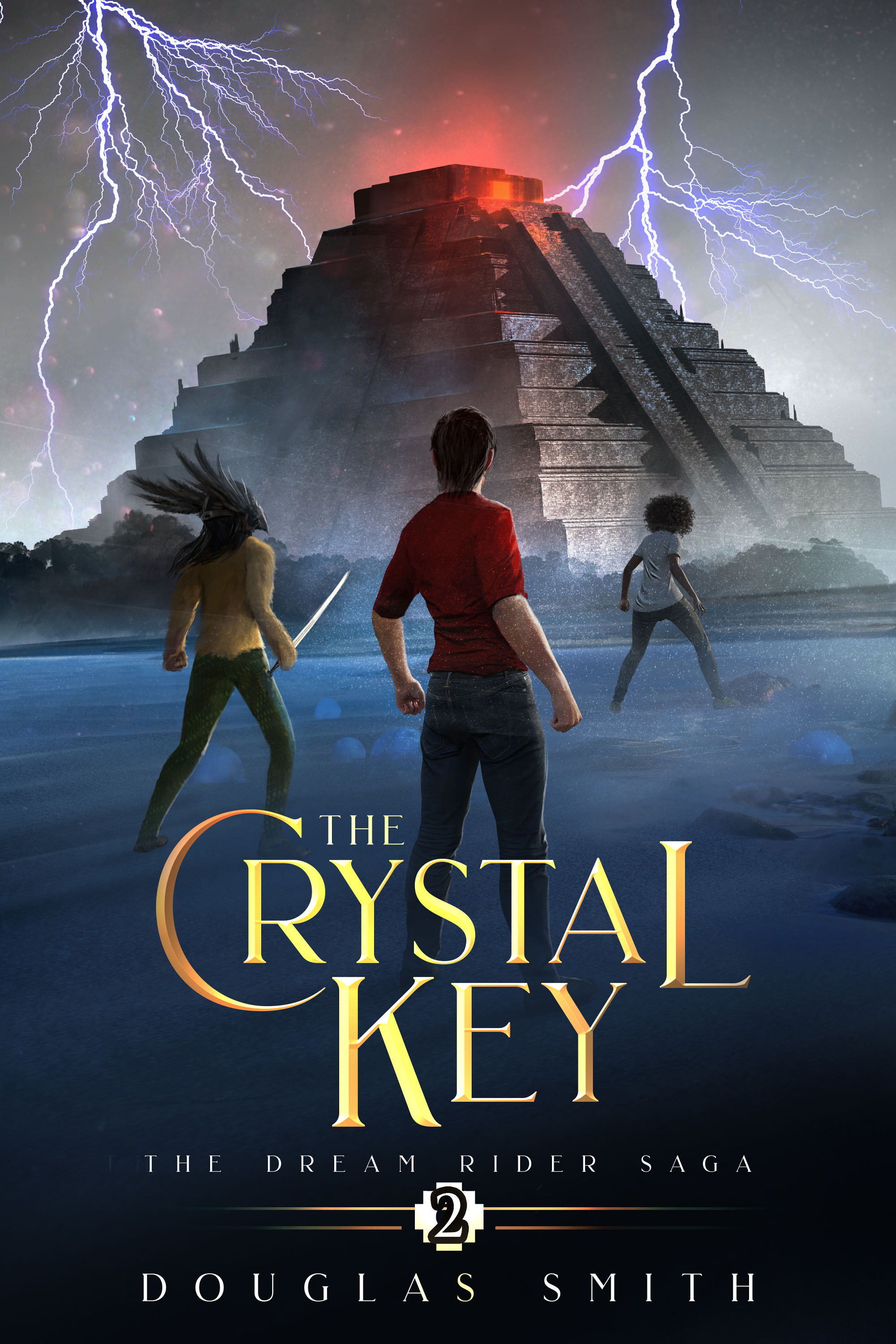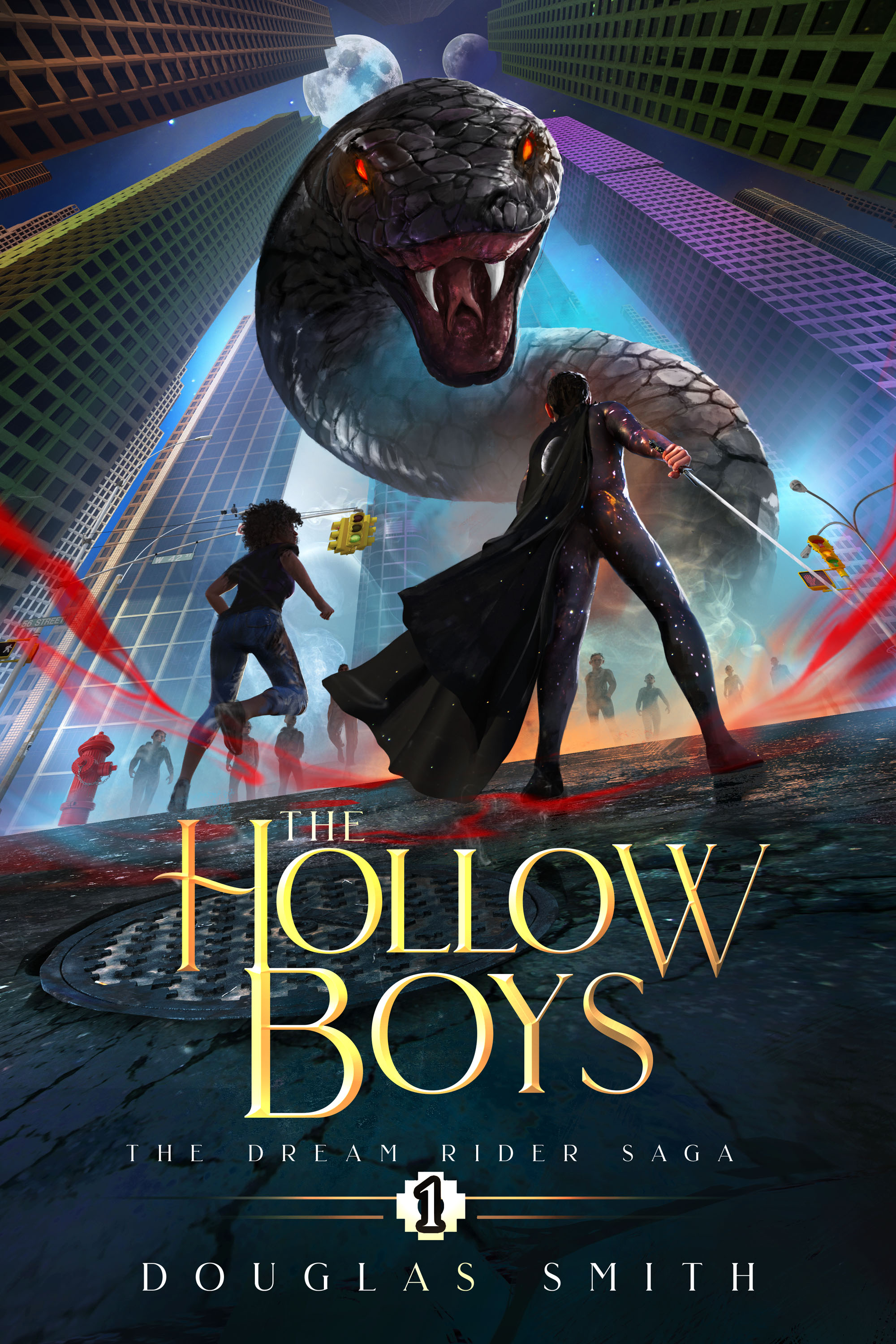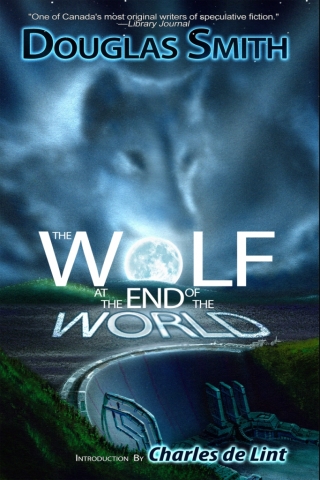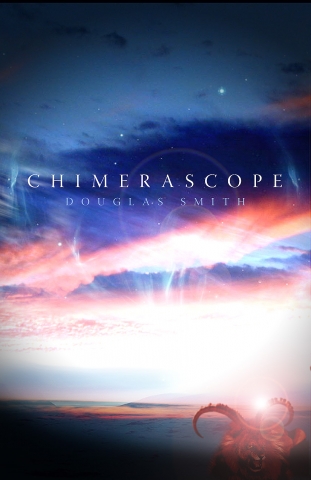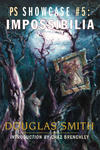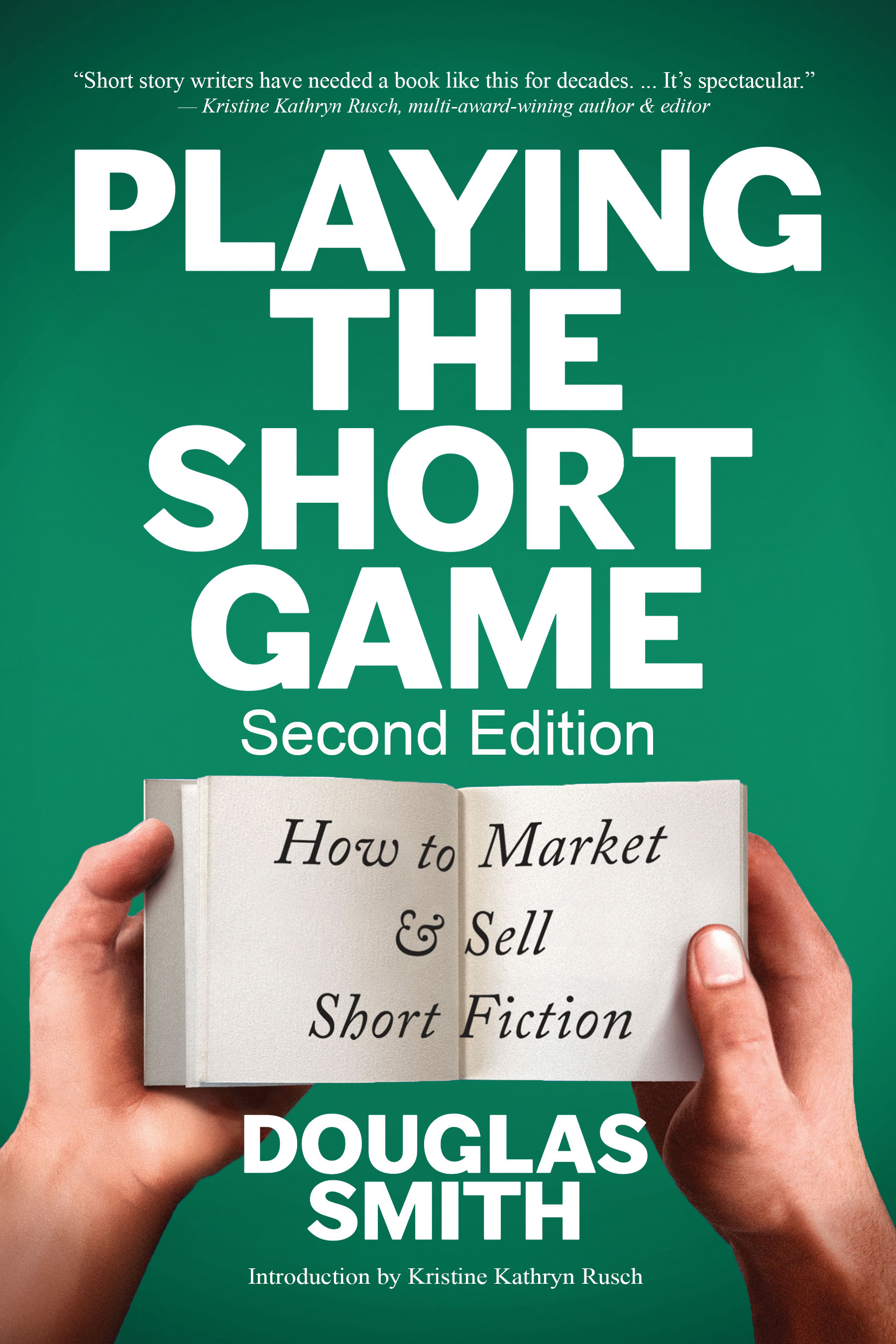"The Dancer at the Red Door" Interview: Q #5
Mark Leslie Lefebvre interviews me on Facebook regarding my Aurora-nominated story, "The Dancer at the Red Door"...
MARK: It's interesting that you mention this, because I could feel the pulse and beat of the city's song while reading this story. And I would imagine it's your admitted impatience with building tedious description that leads to your strength in writing descriptions that capture the reader. Can you talk a bit about how you decided to use the lyrical interludes of the "city song" between scenes in the story.
DOUG: It's another layer that I like to add to stories if it fits.
I wrote an SF story called "Symphony" a few years back, which I structured into four acts, to mimic a four-movement symphony, and introduced each act with the type of instructions a composer includes in a score for each movement: Accelerando, Staccato, Largo, etc., to indicate the tone of the scene. With that story, the scenes were told out of order, so the intro also included the numbering of the movement, plus instructions like FAST FORWARD or REWIND depending on whether the scene was jumping ahead or was a flashback. The reader didn't have to pick up on that to understand or appreciate the story, but if they did, then it would add that much more to the story for them.
I had another story, "By Her Hand, She Draws You Down" (still my all-time favourite title), which starts with a four-line poem (probably the only way I'll get my poetry published), and then uses each line to introduce each of the four scenes, where the line foreshadows the coming scene, but in a way that isn't apparent until after you read the scene.
In "The Dancer at the Red Door", I wanted to do something similar, since a story about a strange dancer just seemed to call out for a strange song. I wanted the "song of the city" lines to set the tone of the story immediately, and to foreshadow the events of the story. I knew the story was going to follow the classic three-act structure, so I introduced the three scenes with lines that referenced three components of the song:
For scene 1, where King meets (and loses) the Dancer, the rhythm:
For scene 2, where he searches for her, the lyrics:
And finally, for Scene 3, in which he finds her, I used the notes of the song, specifically the key and melody:
